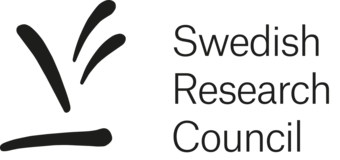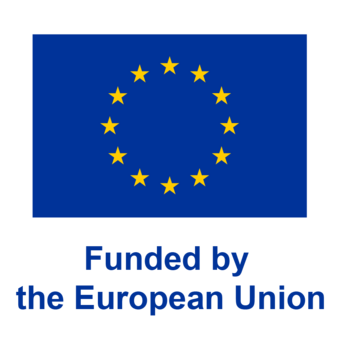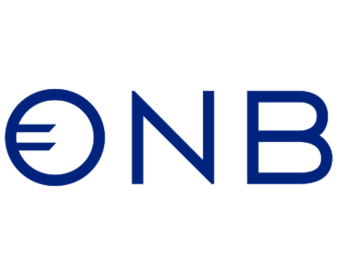Univ.-Prof. Dr. Jürgen Knoblich

Our research group is interested in the development of the human brain. How the different types of neurons are formed in the human cerebral cortex, how they form functional neural networks and how defects in those processes give rise to neuro-developmental disorders are the key questions we ask. Due to our original background in Drosophila genetics, we have a strong emphasis on genetic screening. The model system we use are cerebral organoids, a 3D in vitro culture model developed by our research group. We believe that organoids recapitulate many of the processes that are important for brain development and allow us to focus on processes that are unique to the human brain and therefore cannot be studied in common animal models.
We are located at the Institute of Molecular Biotechnology (IMBA, www.oeaw.ac.at/imba/research/juergen-knoblich) and are part of the research community at the Vienna Biocenter. Jürgen is also a Professor at the Medical University and closely collaborates with clinical groups on organoid projects.
Research areas:
-
Developmental Biology: We are interested in the development of the human brain.
-
Stem Cell Biology: We use pluripotent stem cells derived from patients to recapitulate disease phenotypes in human 3D cell culture.
-
Neuroscience: We use extracellular recordings (silicon probes and neuropixels) and patch clamp technology to record neural network activity in brain organoids.
-
Single-cell genomics. We use barcoded CRISPR/Cas9 and prime editing screening to determine phenotypes for disease relevant genes in organoids.
-
Computational biology: We use machine learning to analyze complex neural network activity in brain organoids and compare it to patient electrocorticography.
Focal points of interest
Our group pursues mechanistic aspects of human brain development in a broad way. Our interest in interneurons derives from studying the neuro-developmental disorder Tuberous Sclerosis. We identified a primate-specific interneuron progenitor type that is located in the caudal ganglionic eminence and proliferates during late human fetal development (Eichmüller et al., Science 2022). We know that these cells are implicated in a range of human brain diseases and that they regulate human-specific aspects of cortical development. Analyzing the role of these progenitors is a key focus of our group. In a second research project, we use CRISPR/Cas9 screening to determine the role of Autism-susceptibility genes in interneuron migration.
Technical proficiency and instrumentation
Technical expertise in our group includes, but is not limited to: Derivation and culture of human iPS cells, human 3D cell culture, single cell genomics in human organoid systems, analysis of barcoded single-cell data, electrophysiology in organoids.
References
- Li, C.*, Fleck, J.S.*, Martins-Costa, C., Burkard, T.R., Themann, J., Stuempflen, M., Peer, A.M., Vertesy, Á., Littleboy, J.B., Esk, C. ,…. Treutlein, B.** and Knoblich, J.A.** (2023). Single-cell brain organoid screening identifies developmental defects in autism. Nature 621, 373–380.
- Eichmüller, O.L.*, and Knoblich, J.A.** (2022). Human cerebral organoids - a new tool for clinical neurology research. Nat Rev Neurol 18, 661–680.
- Eichmüller, O.L.*, Corsini, N.S.**, Vértesy, Á., Morassut, I., Scholl, T., Gruber, V.E., Peer, A.M., Chu, J., Novatchkova, M., Hainfellner, …. Knoblich, J.A.**, (2022). Amplification of human interneuron progenitors promotes brain tumors and neurological defects. Science 375, eabf5546.
- Lancaster, M.A., Renner, M., Martin, C.A., Wenzel, D., Bicknell, L.S., Hurles, M.E., Homfray, T., Penninger, J.M., Jackson, A.P., and Knoblich, J.A.** (2013). Cerebral organoids model human brain development and microcephaly. Nature 501, 373–379.
* First authors, ** Corresponding authors





